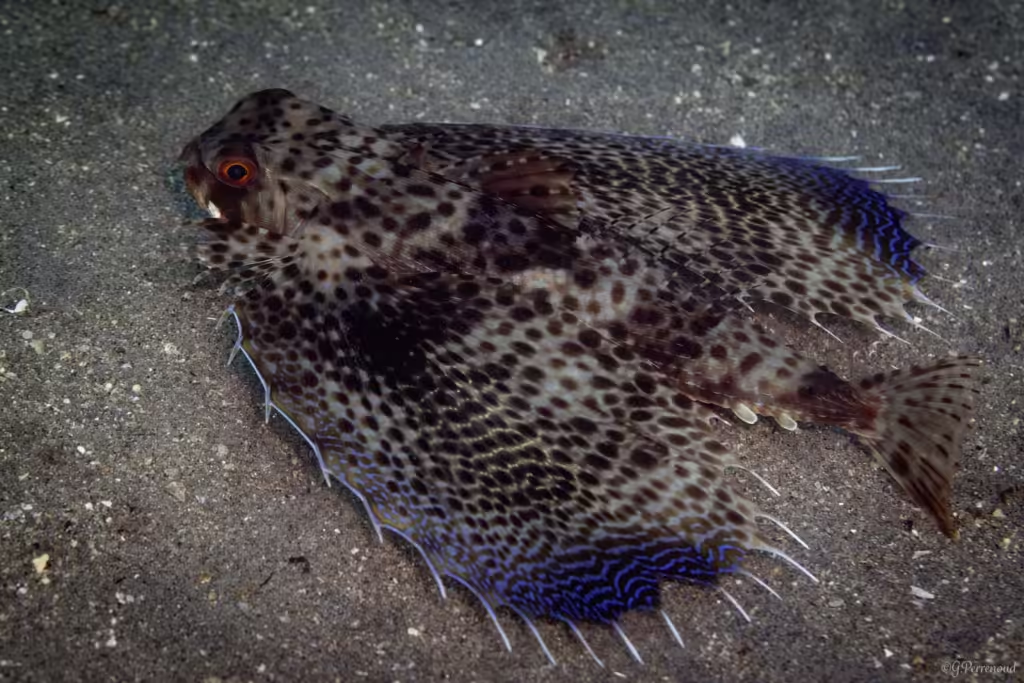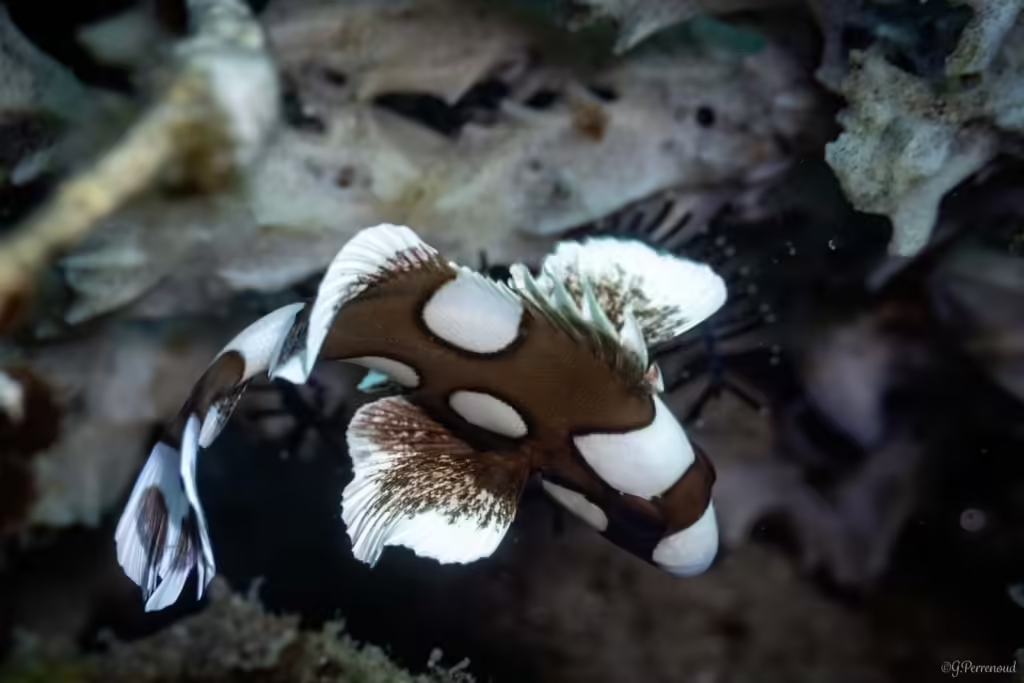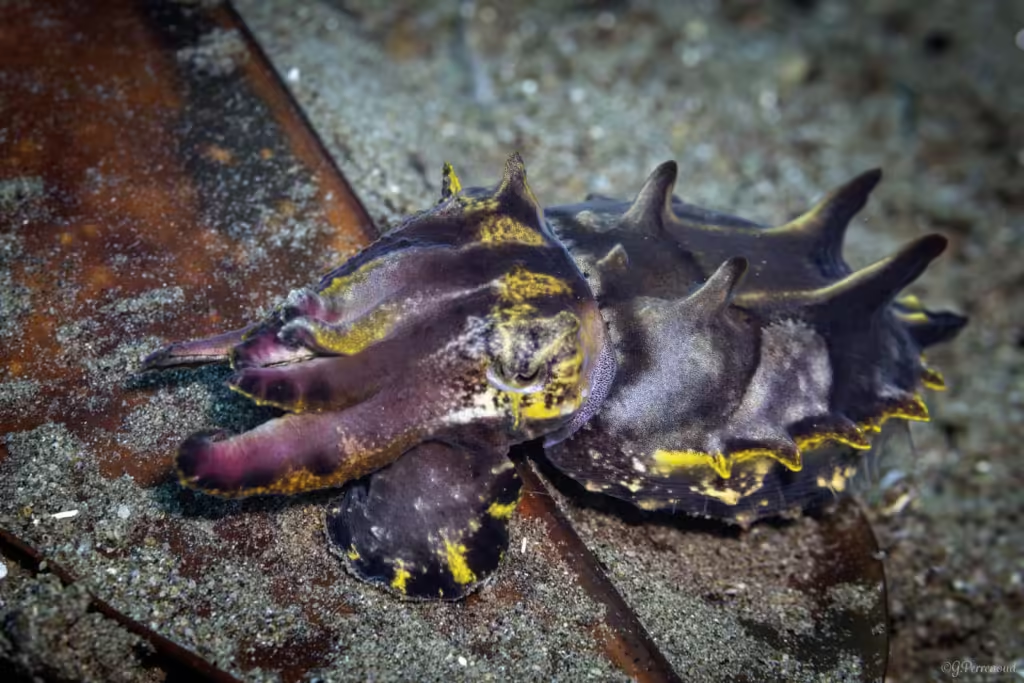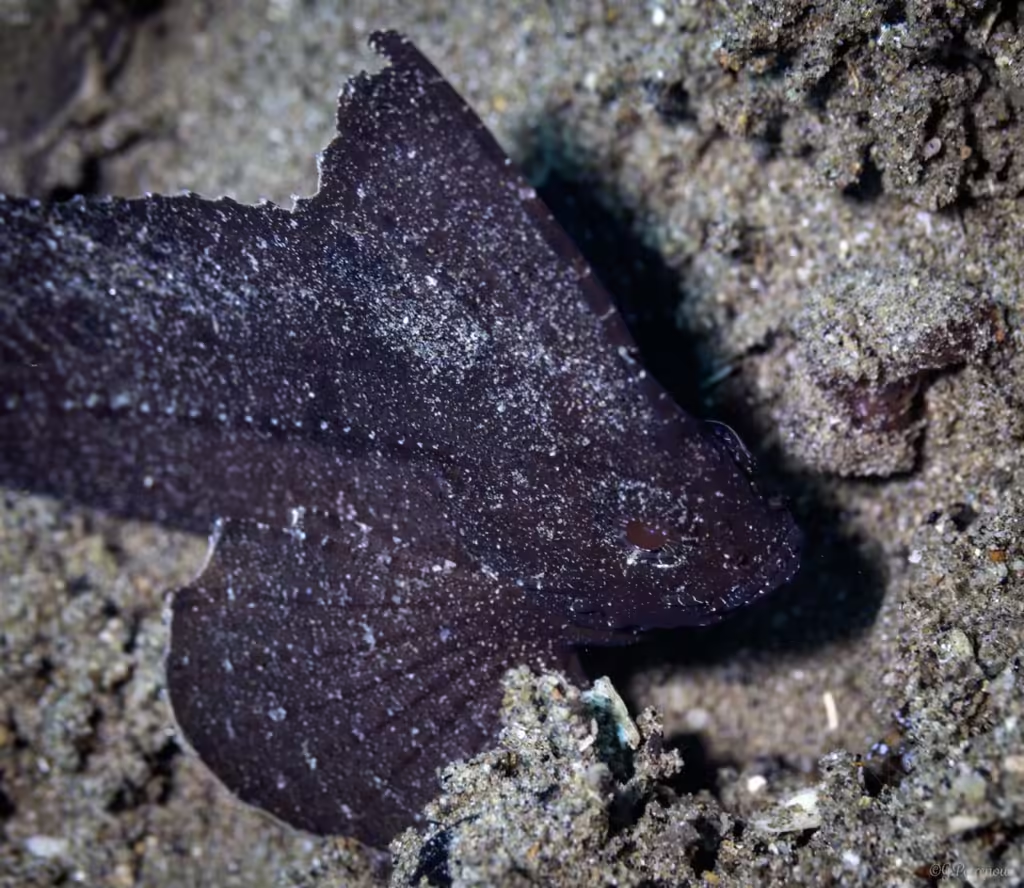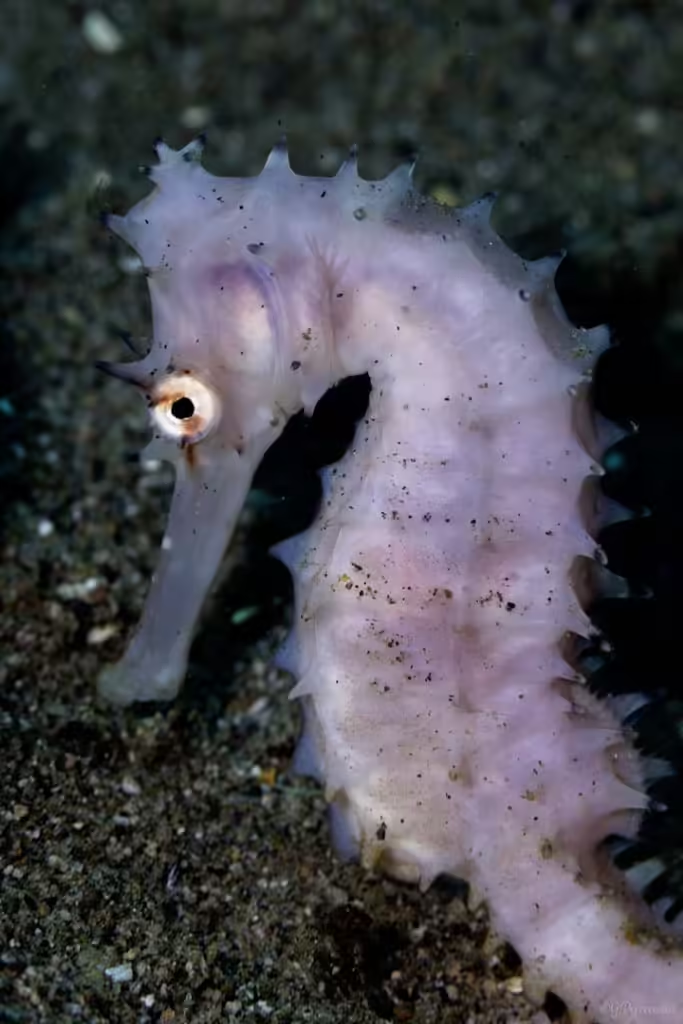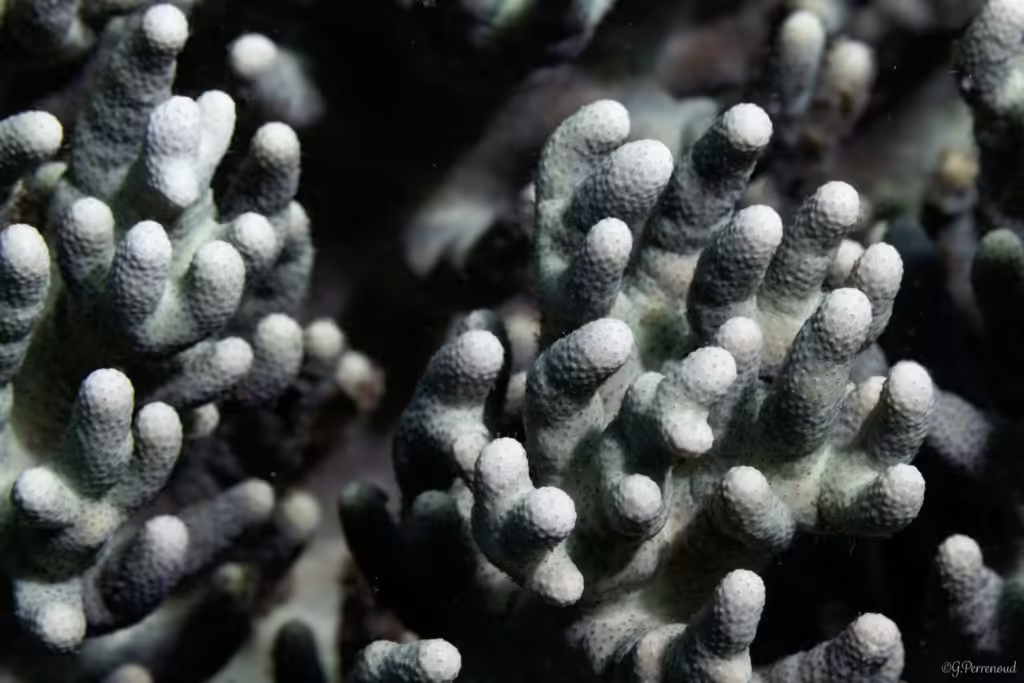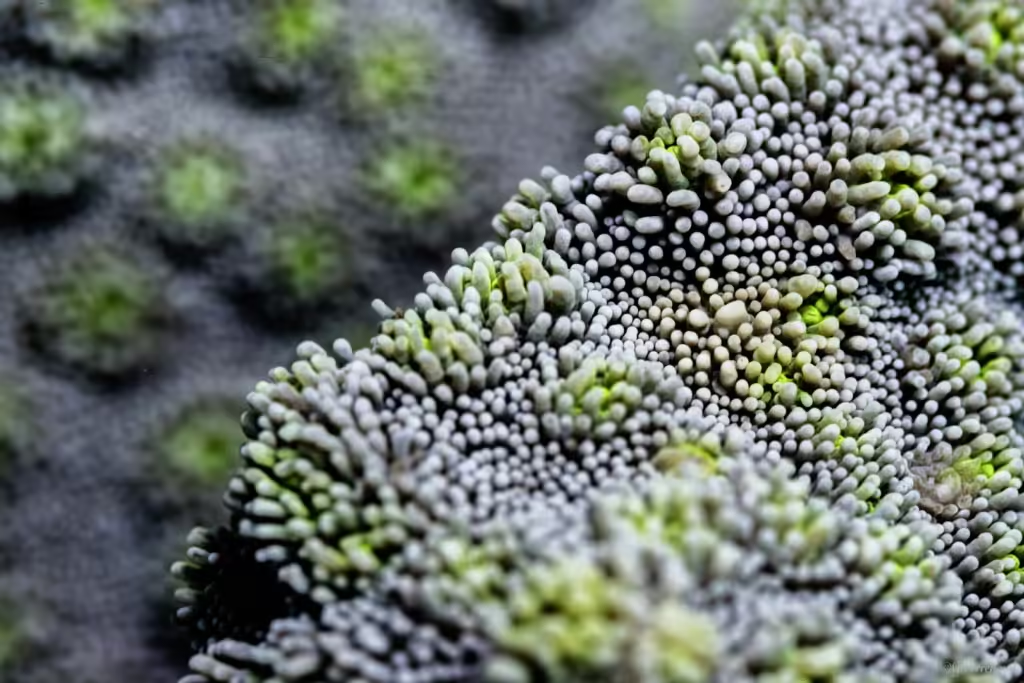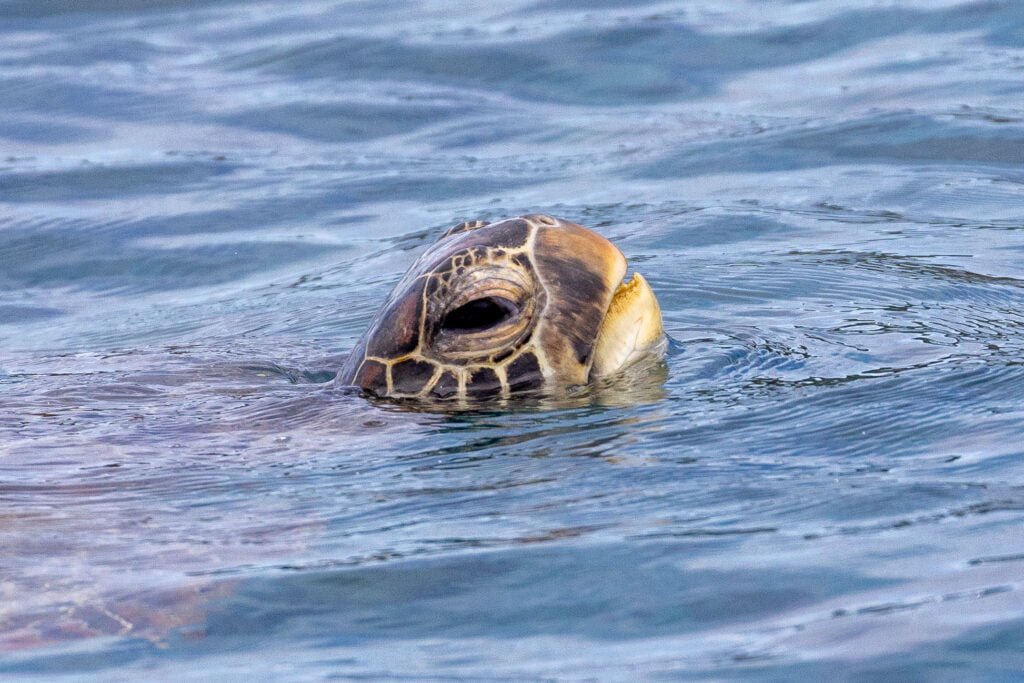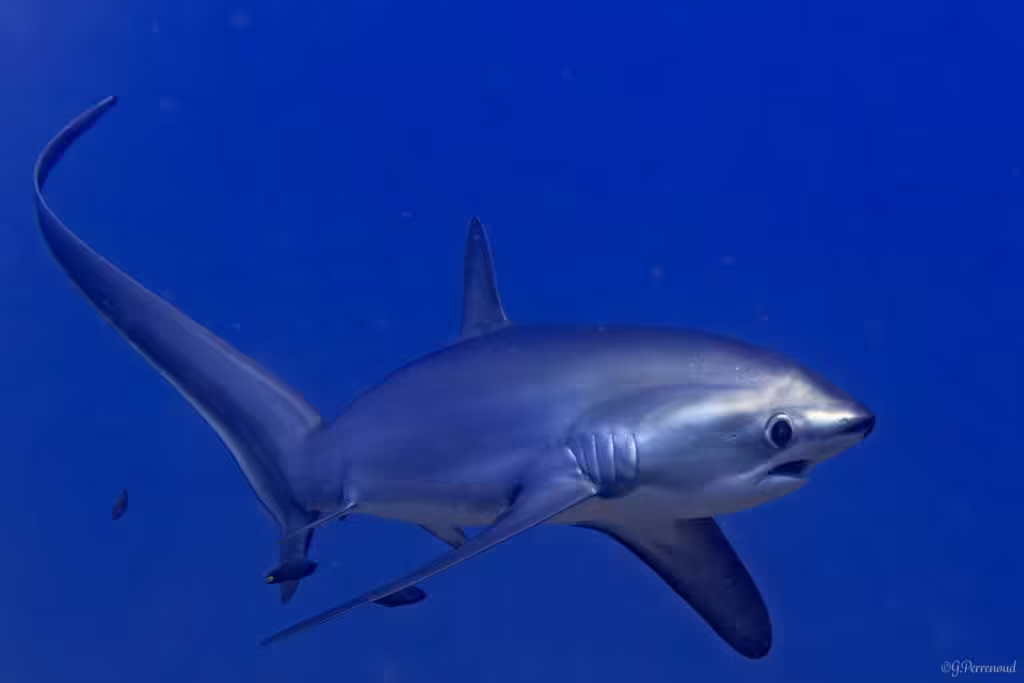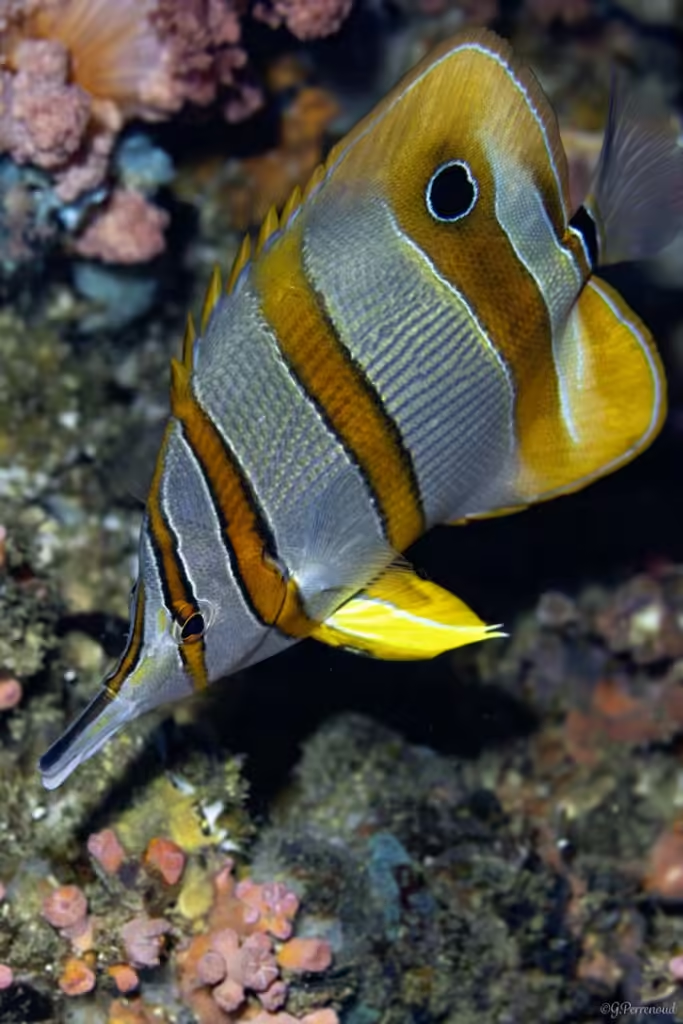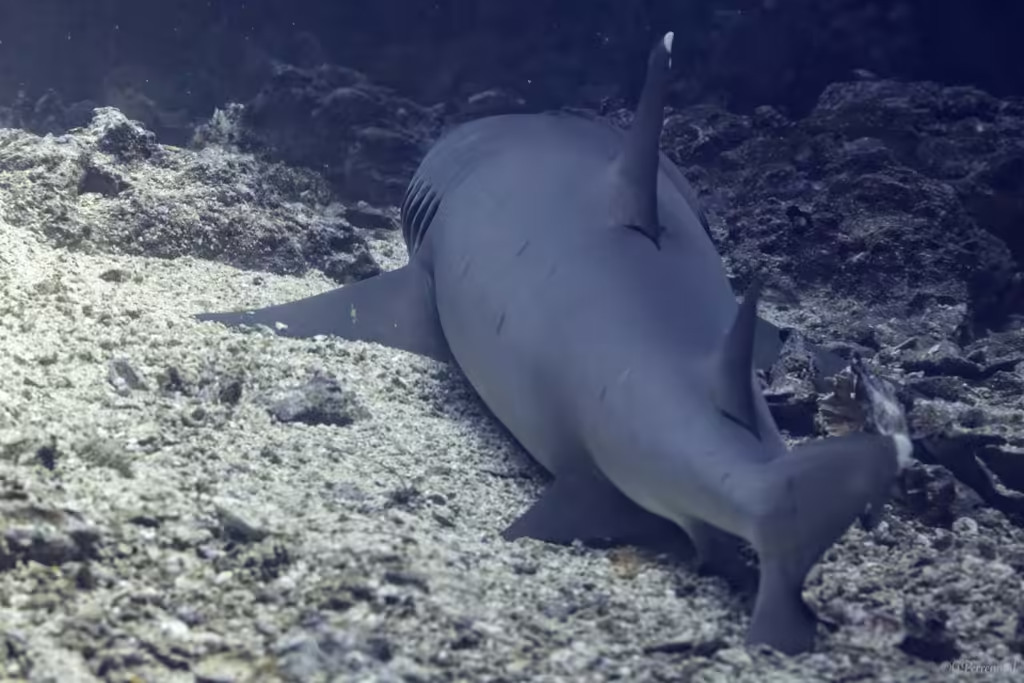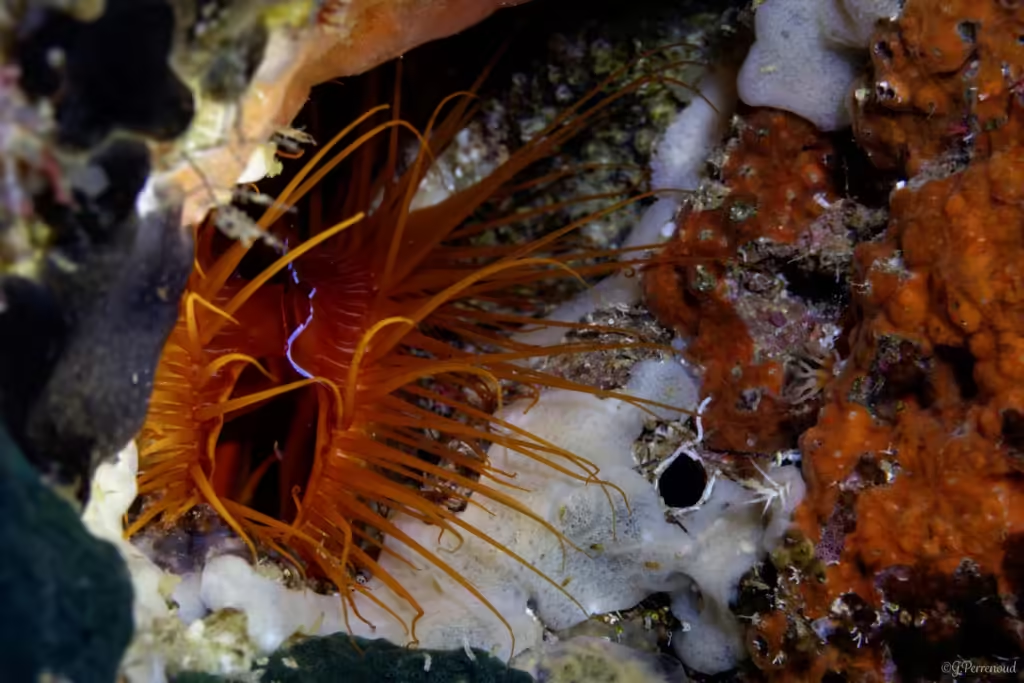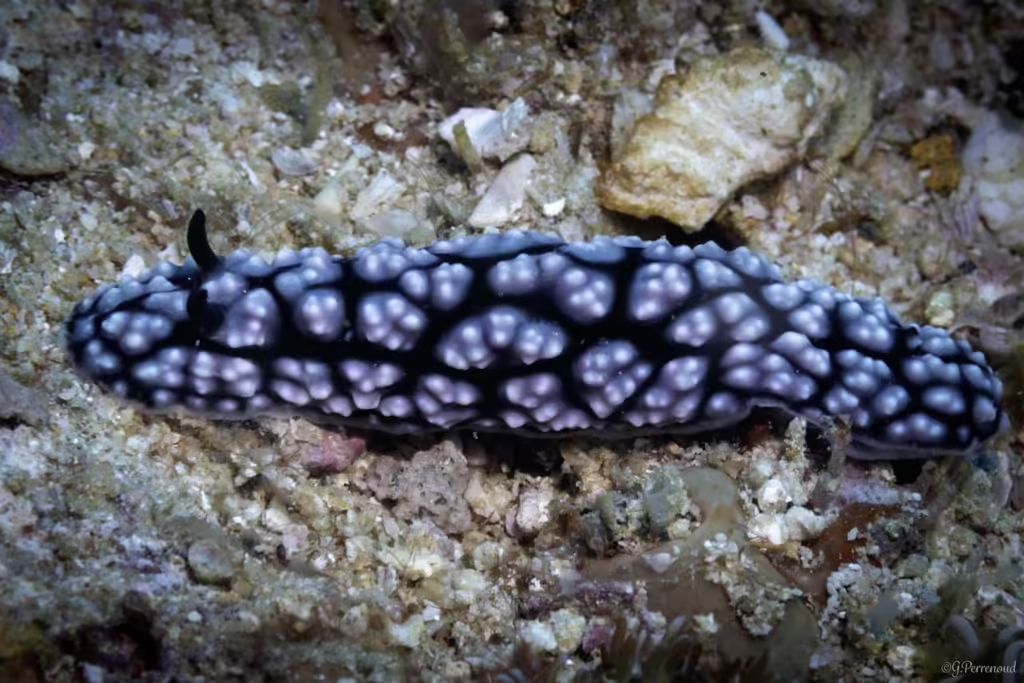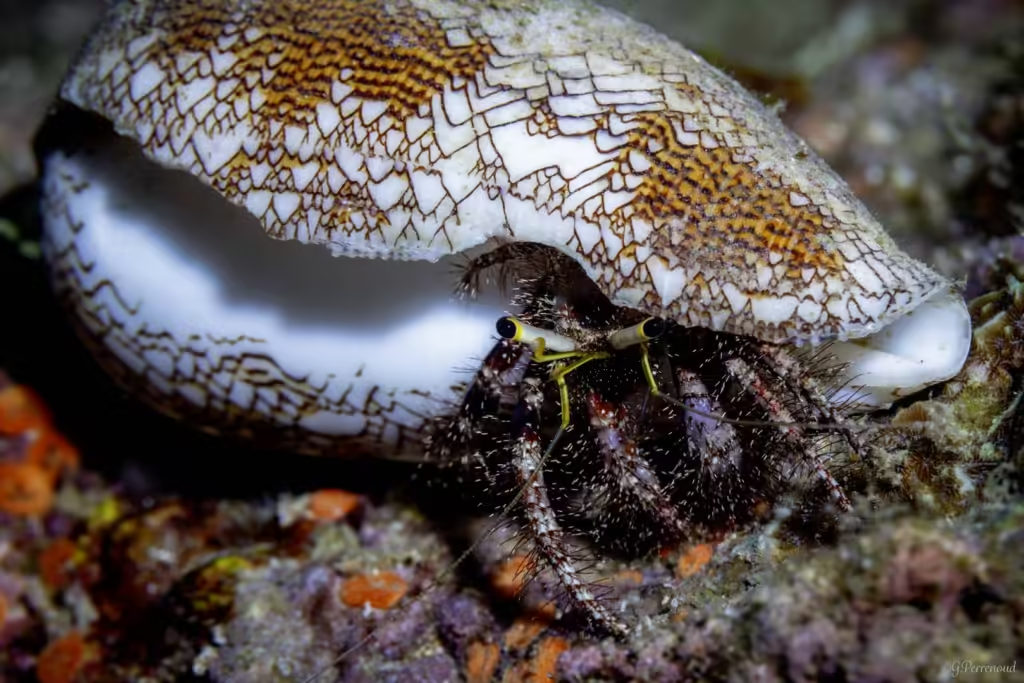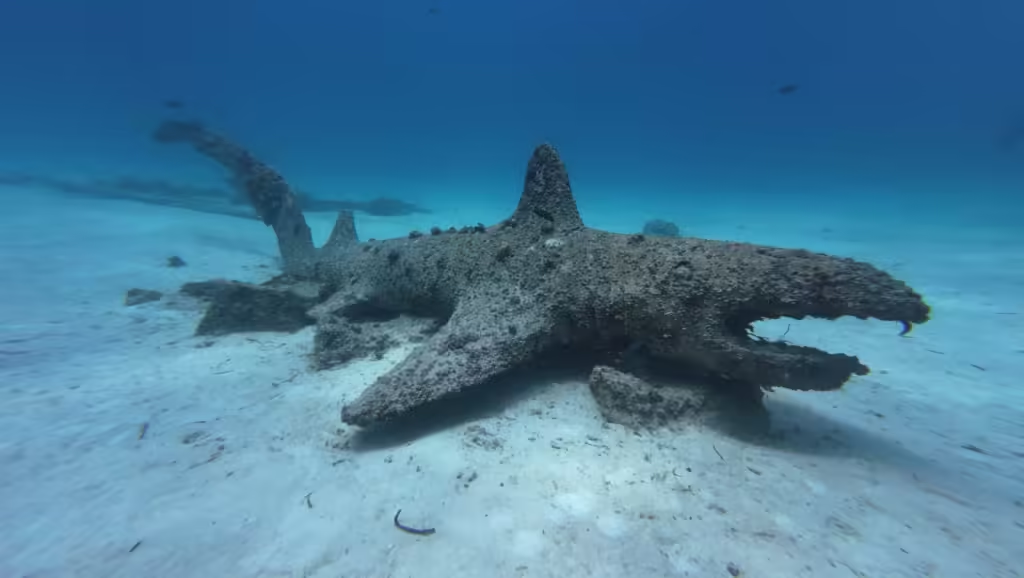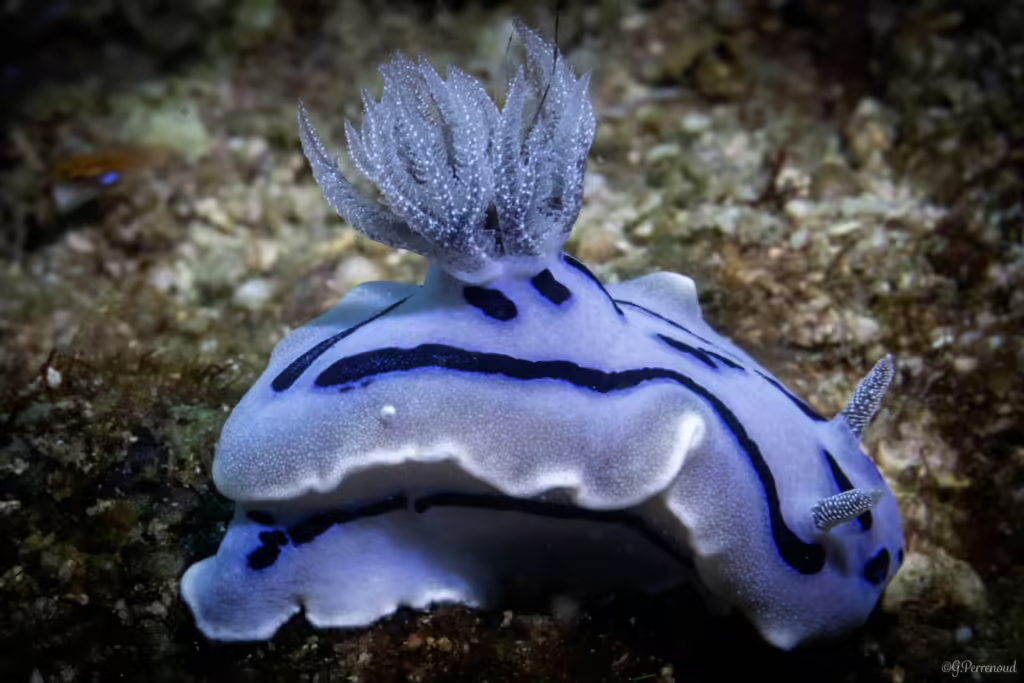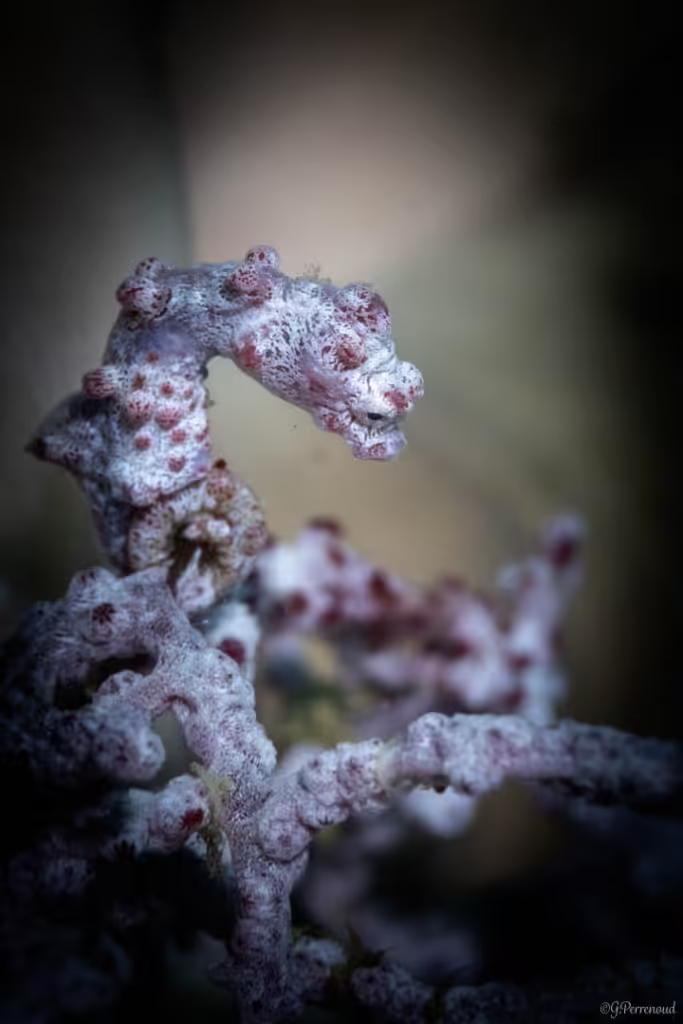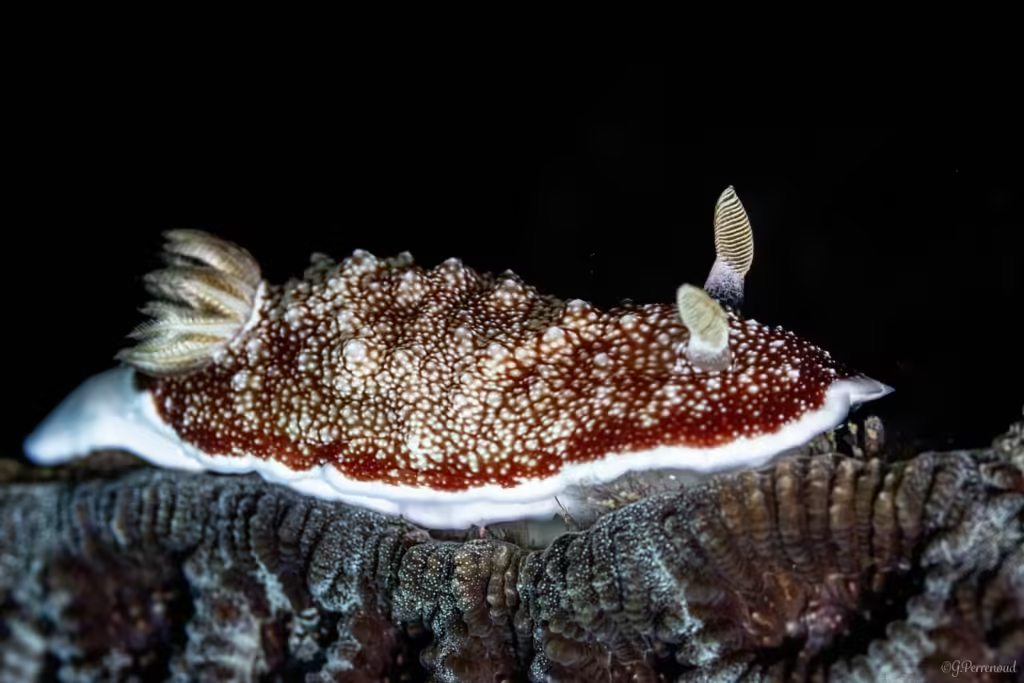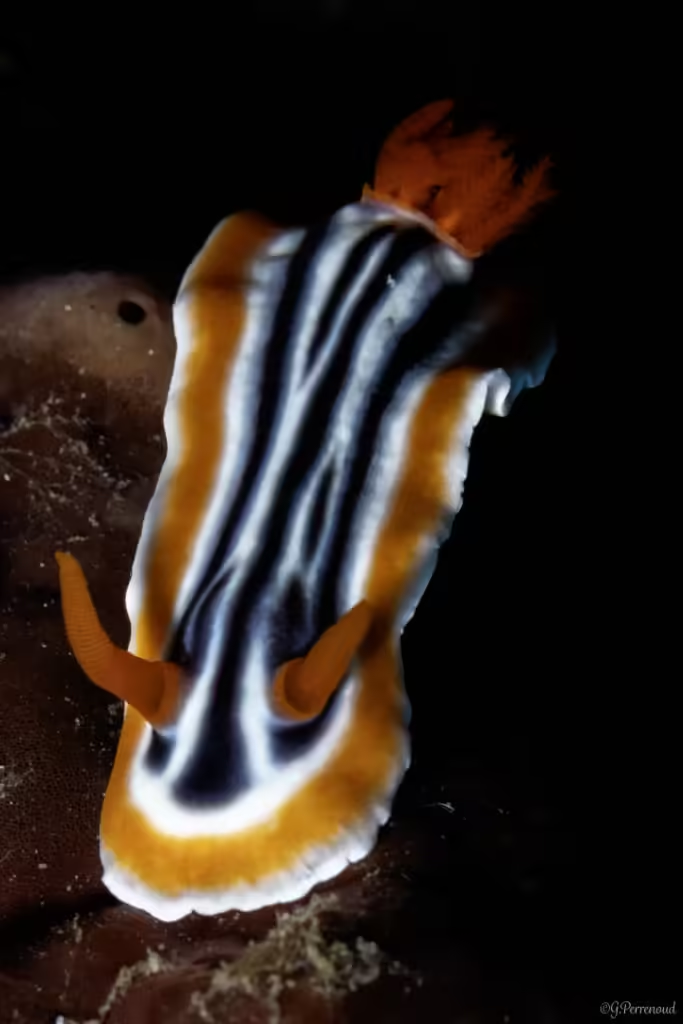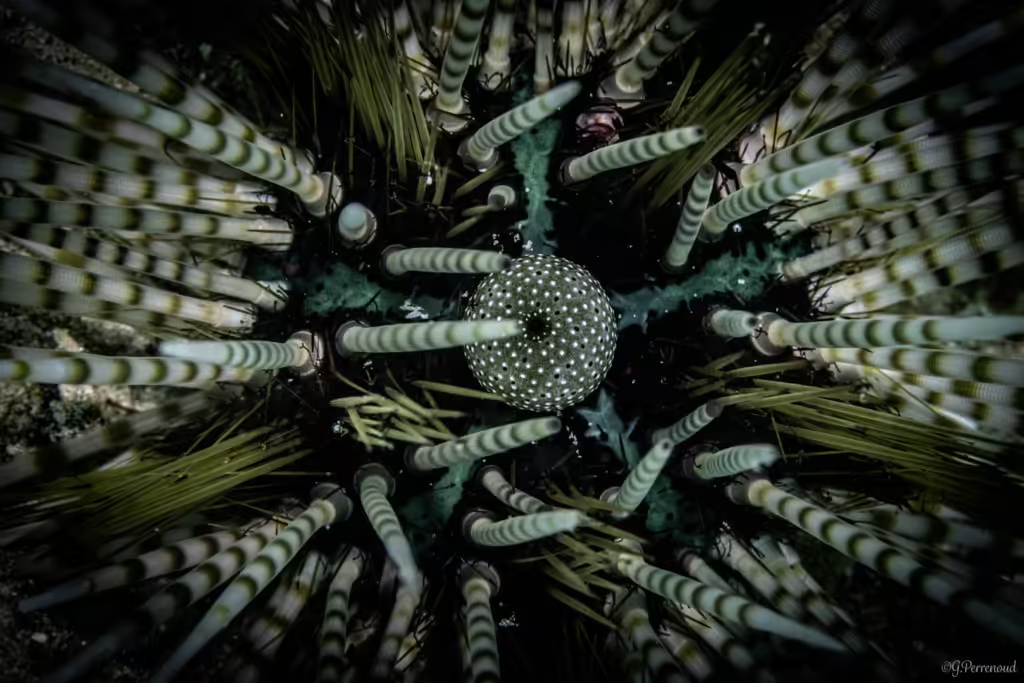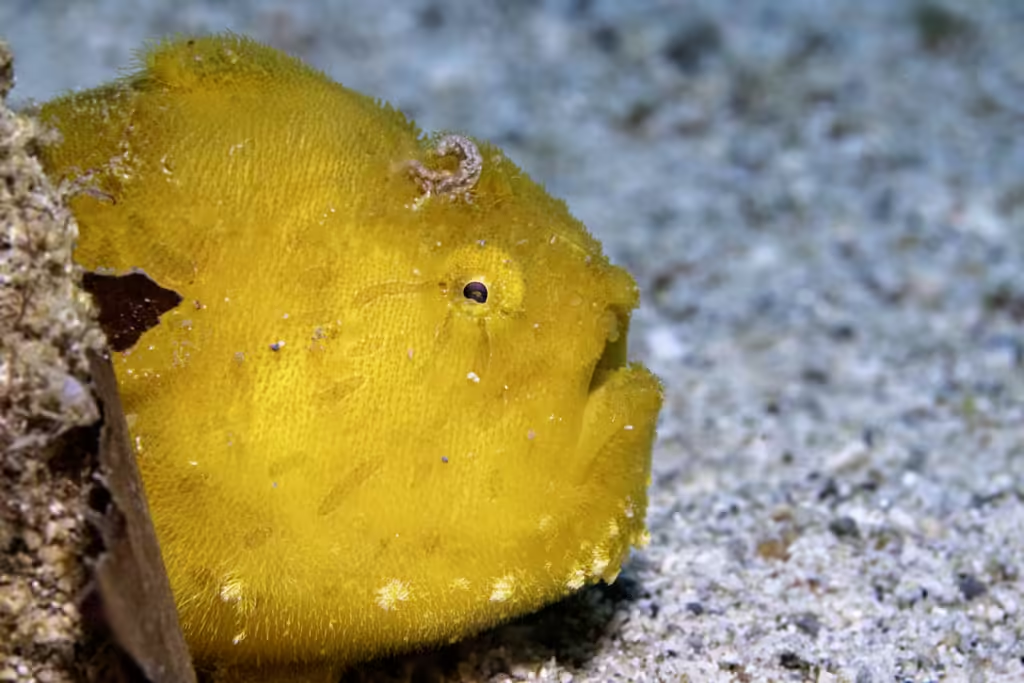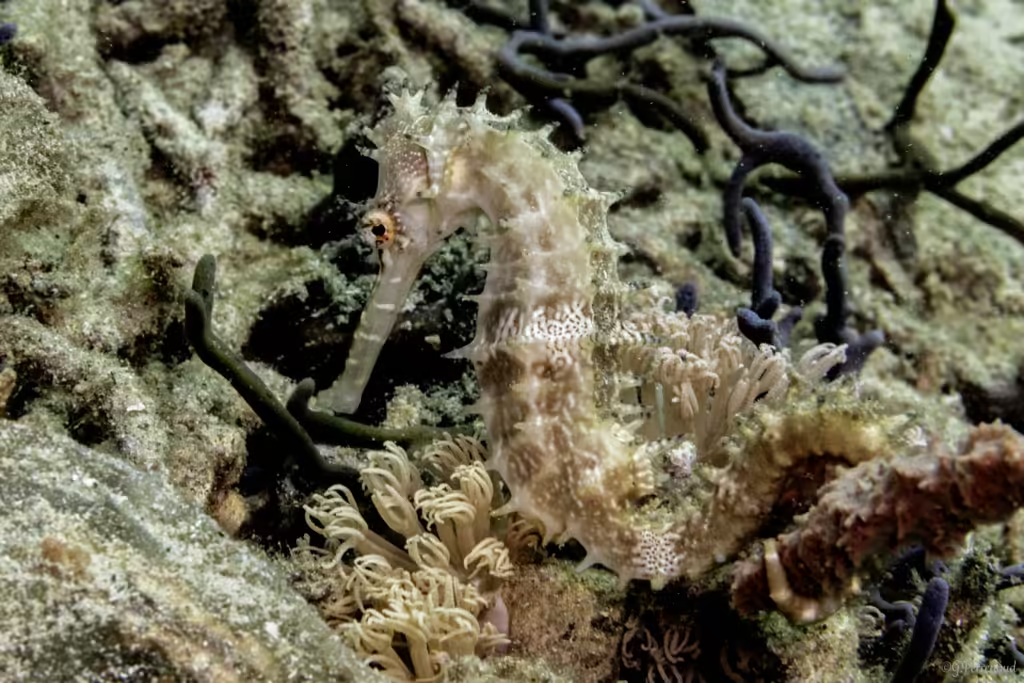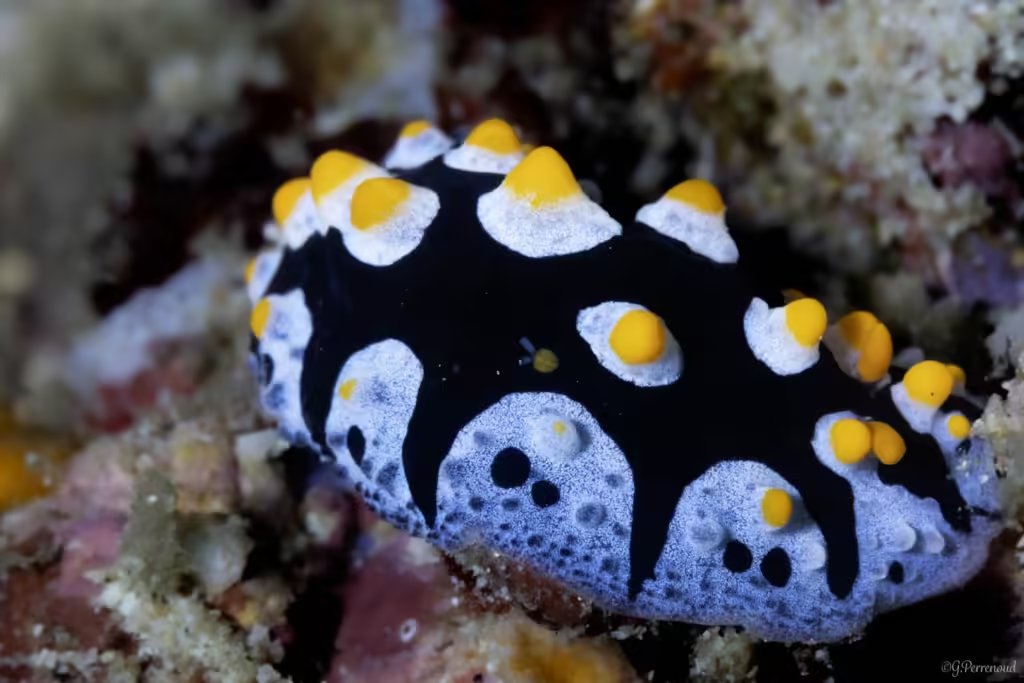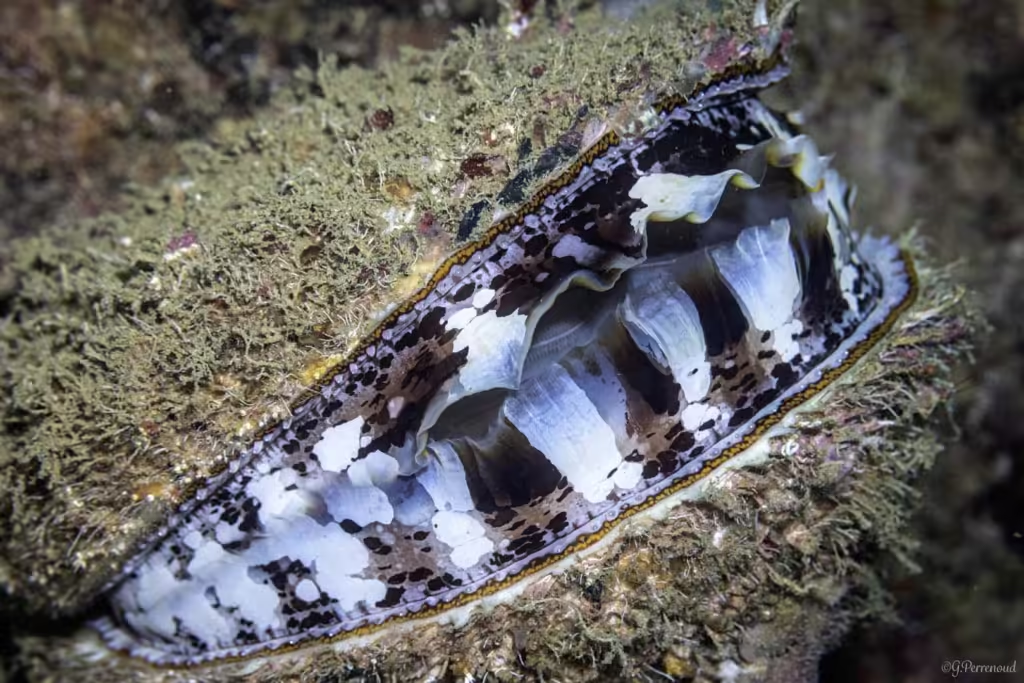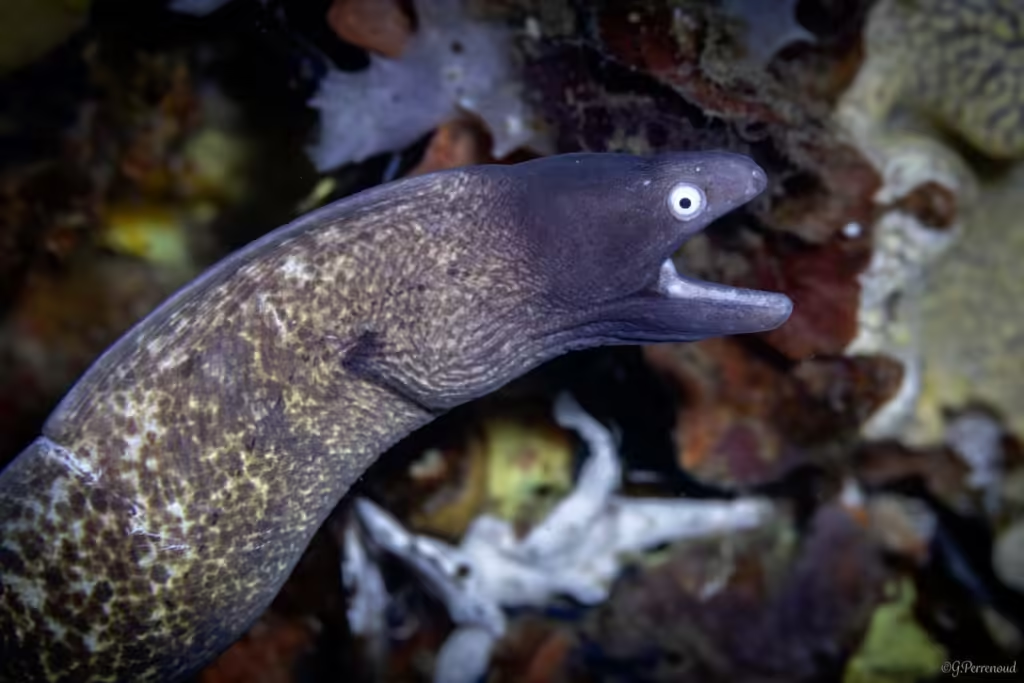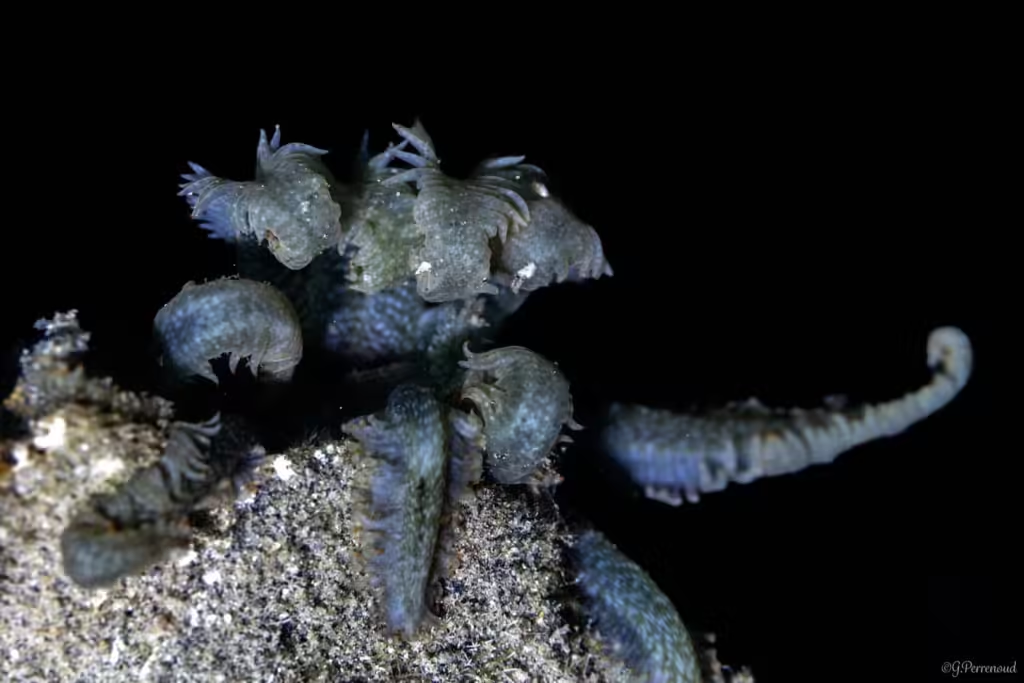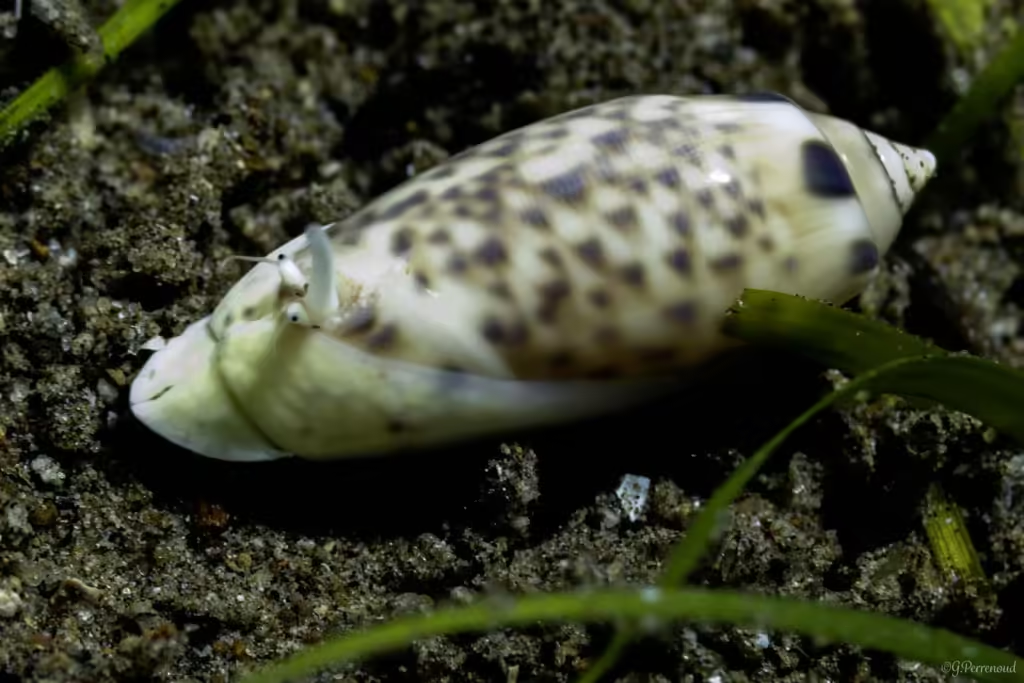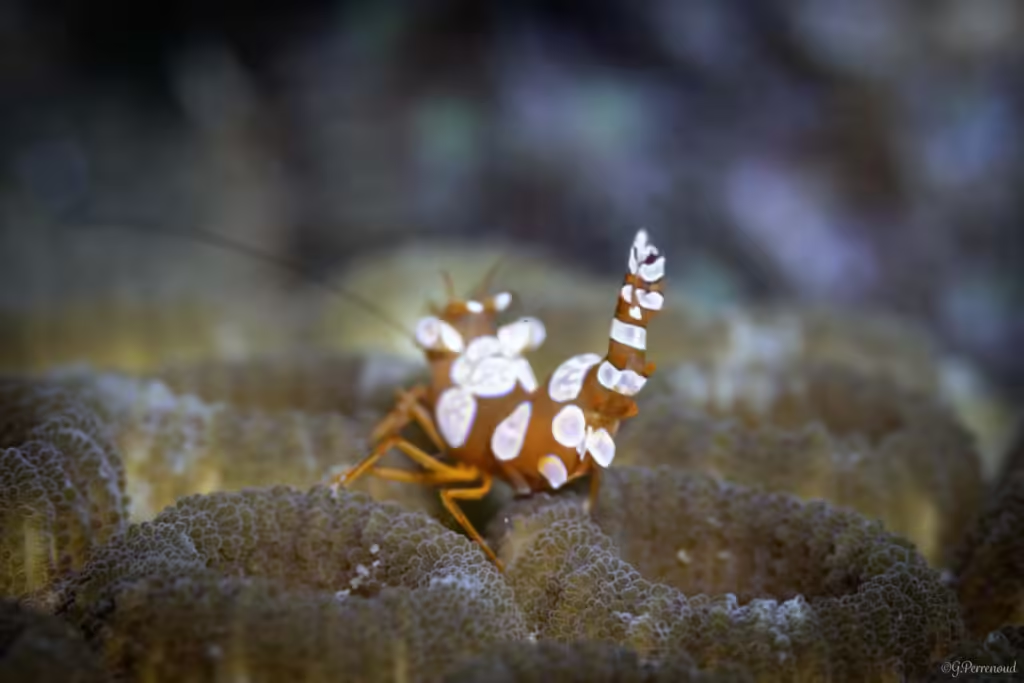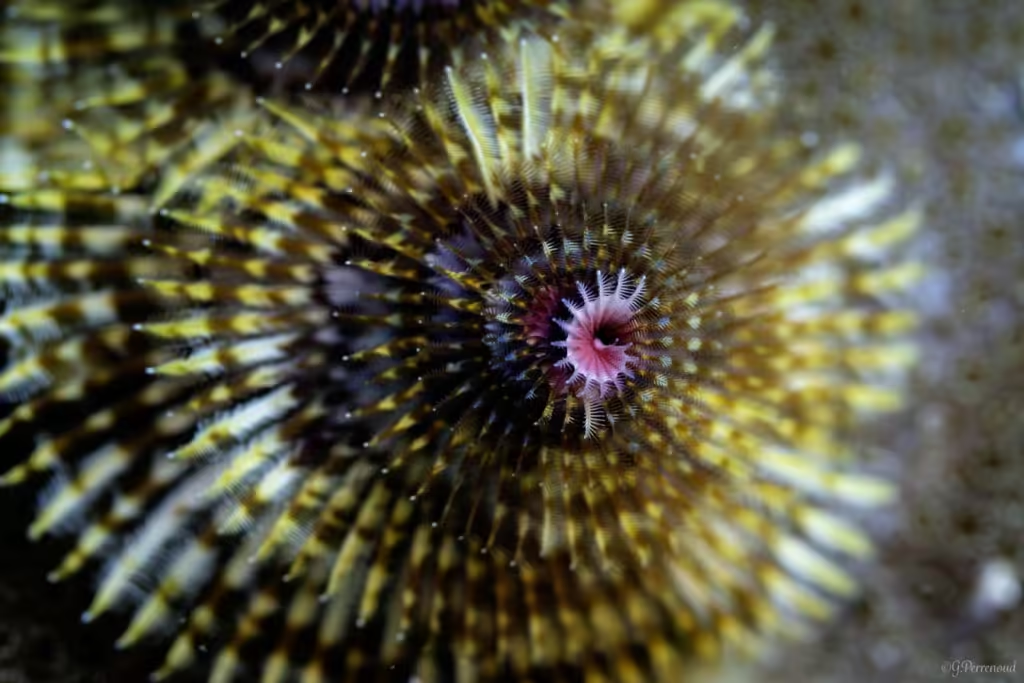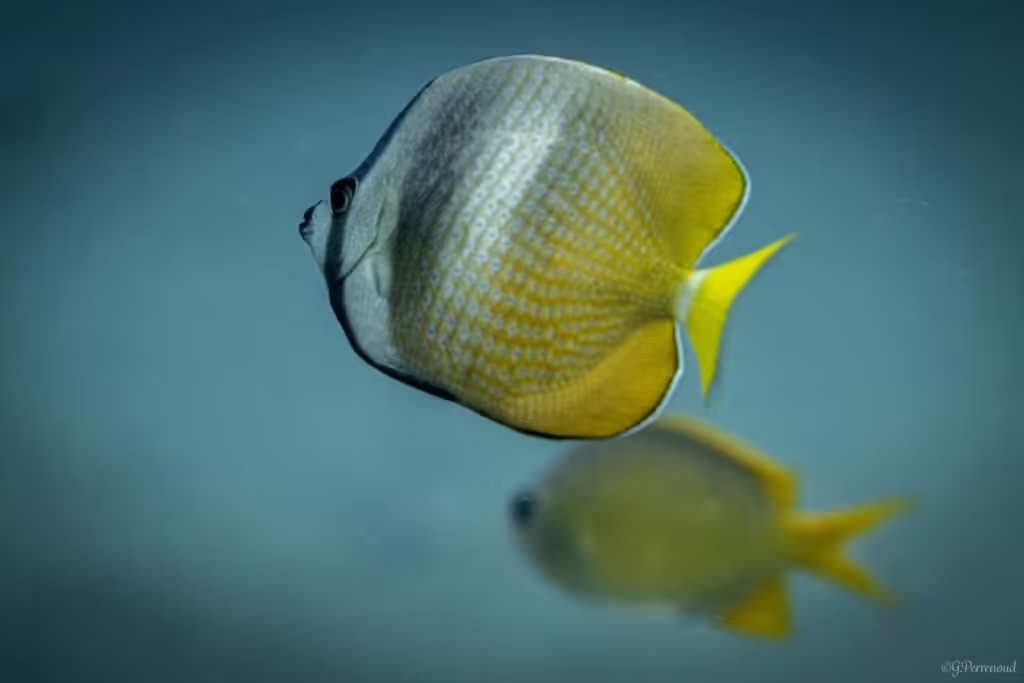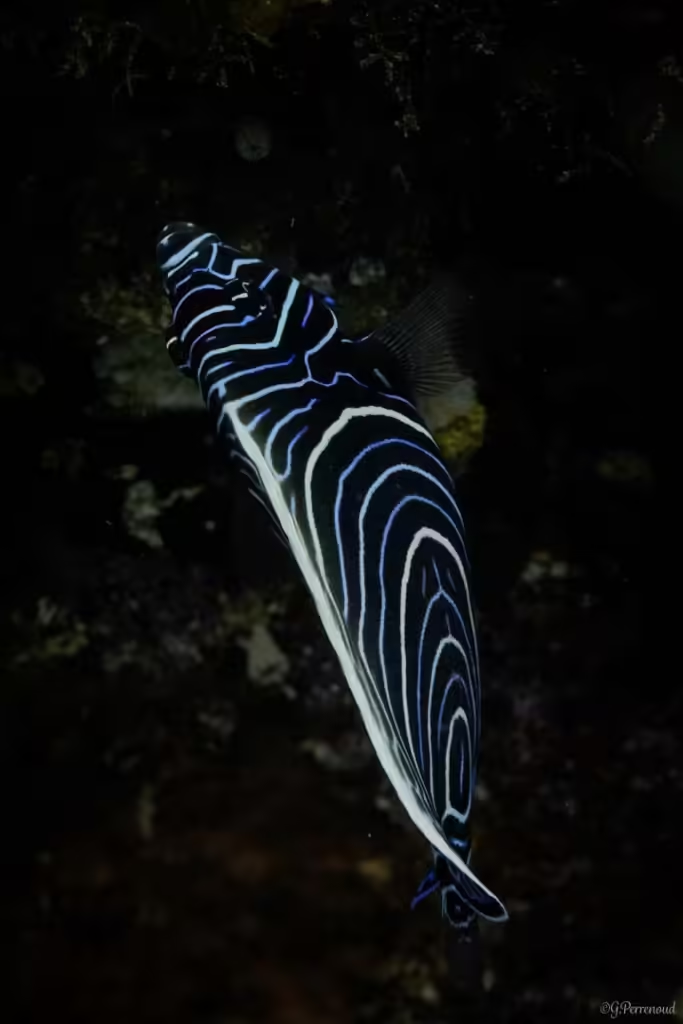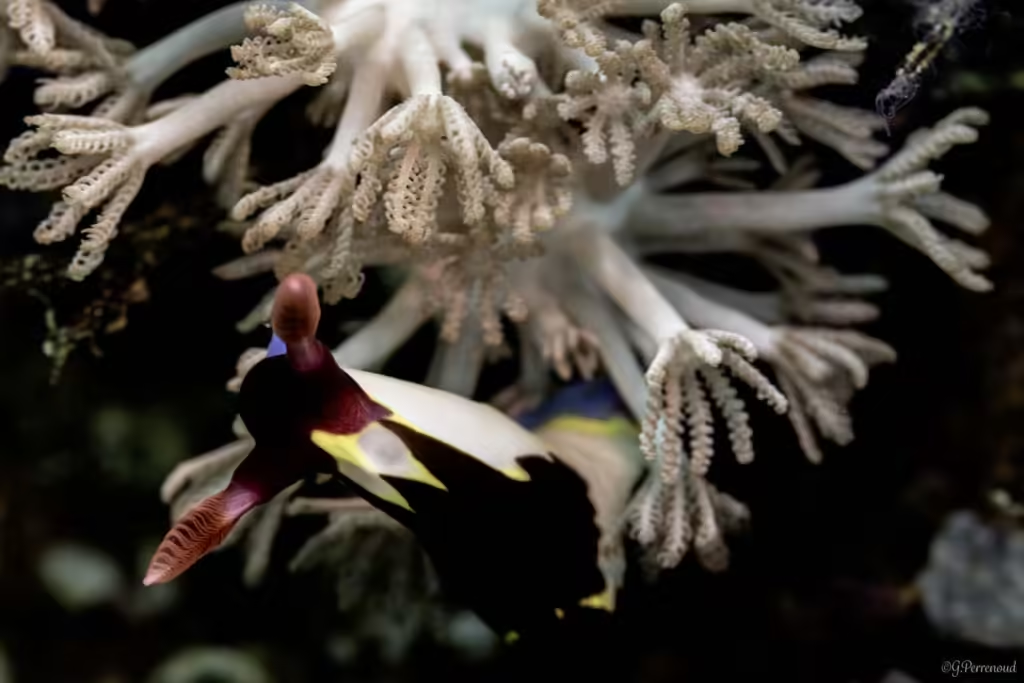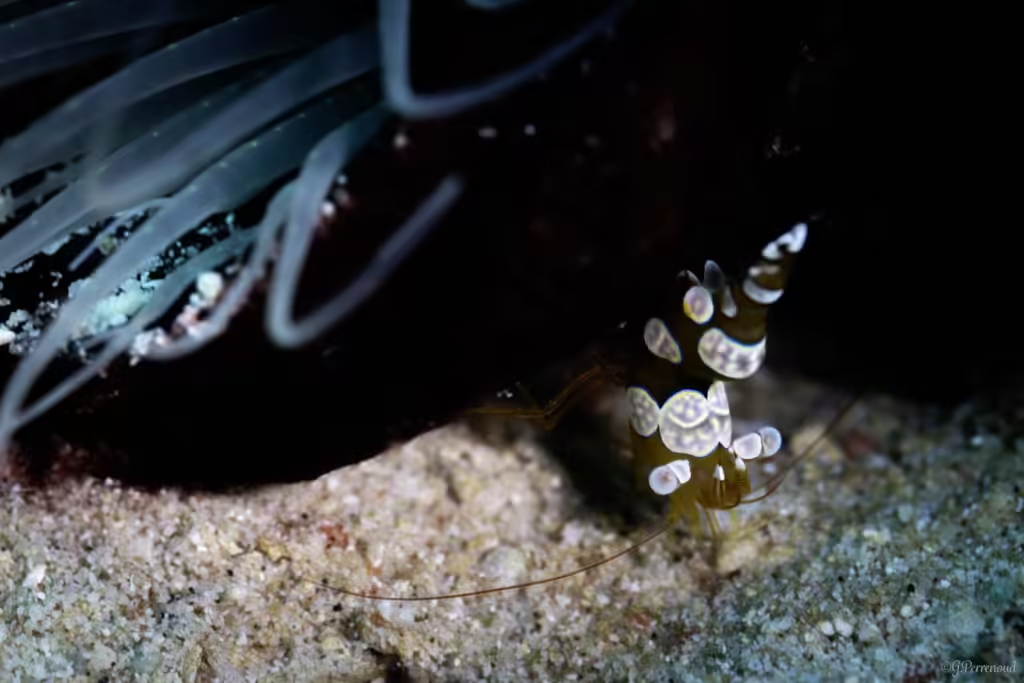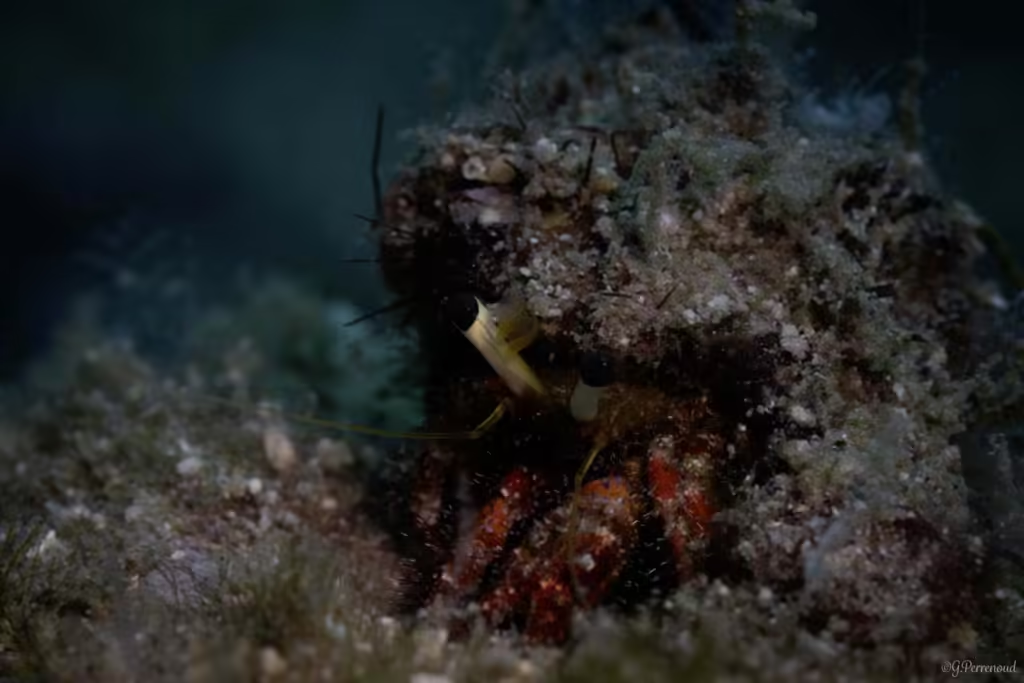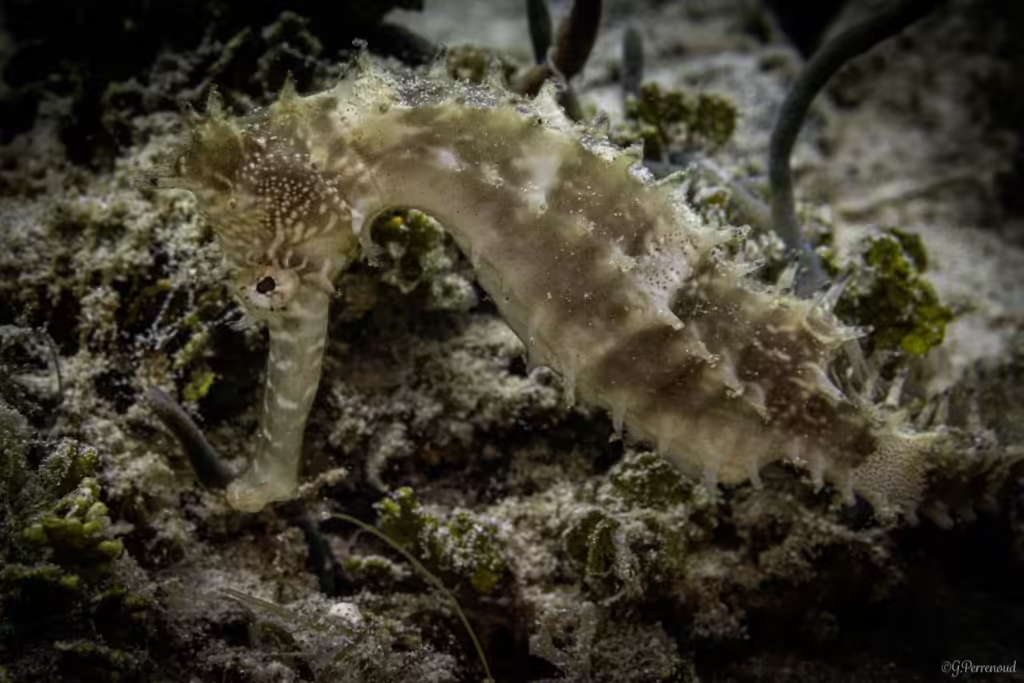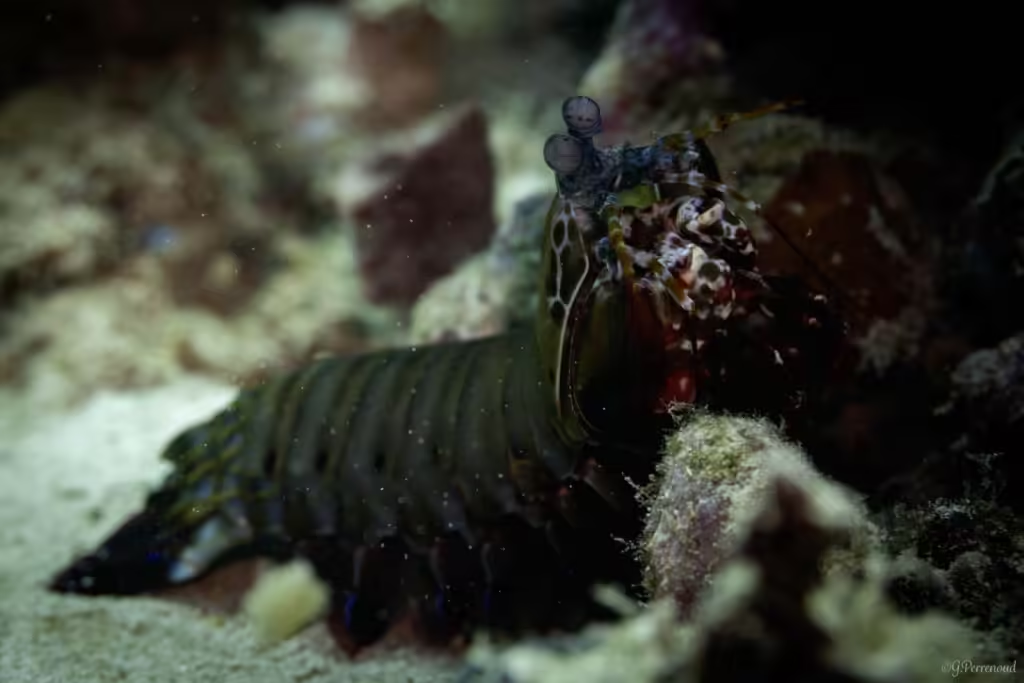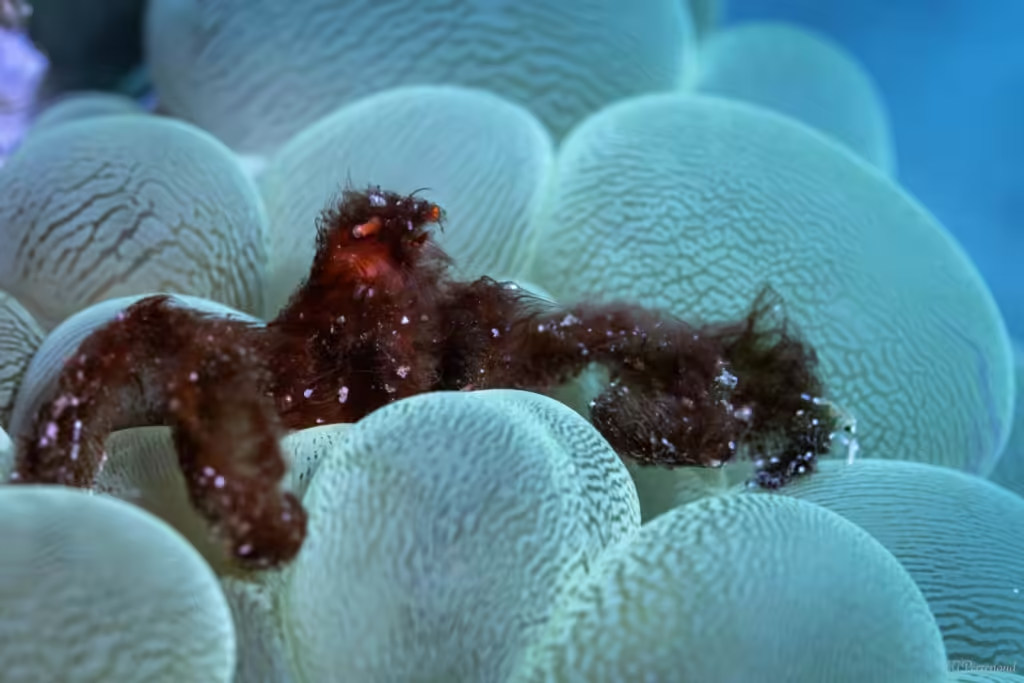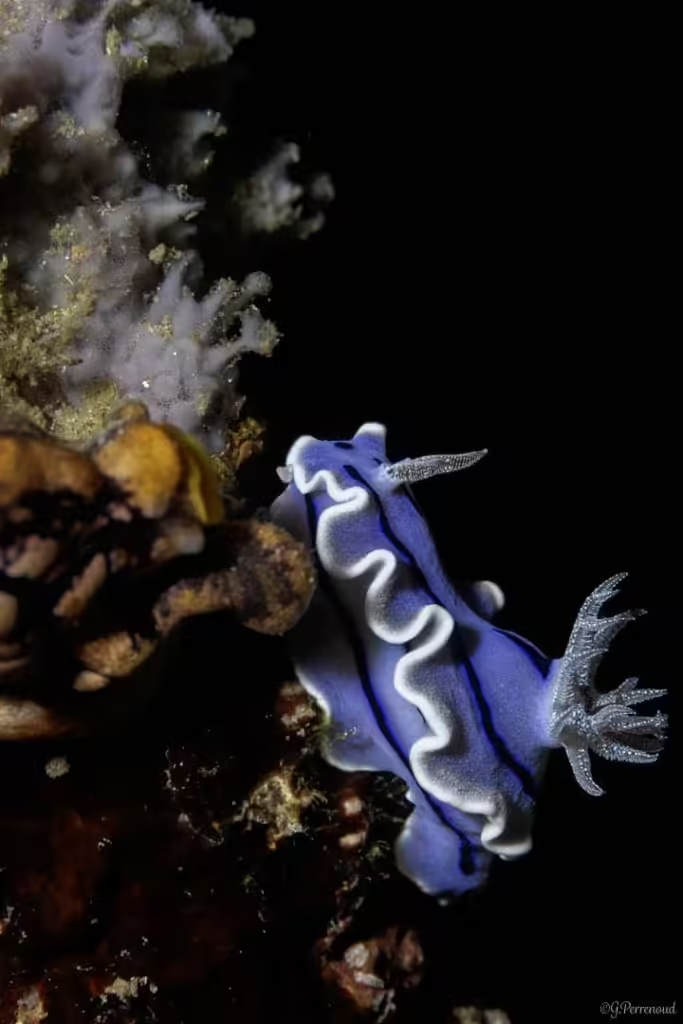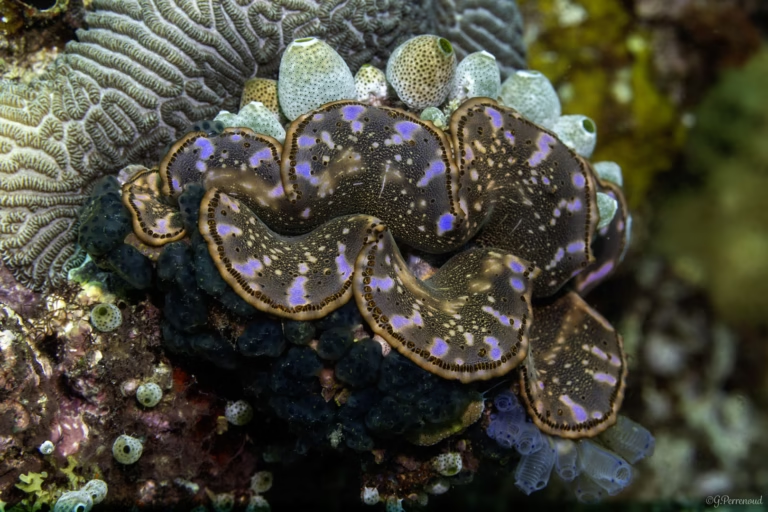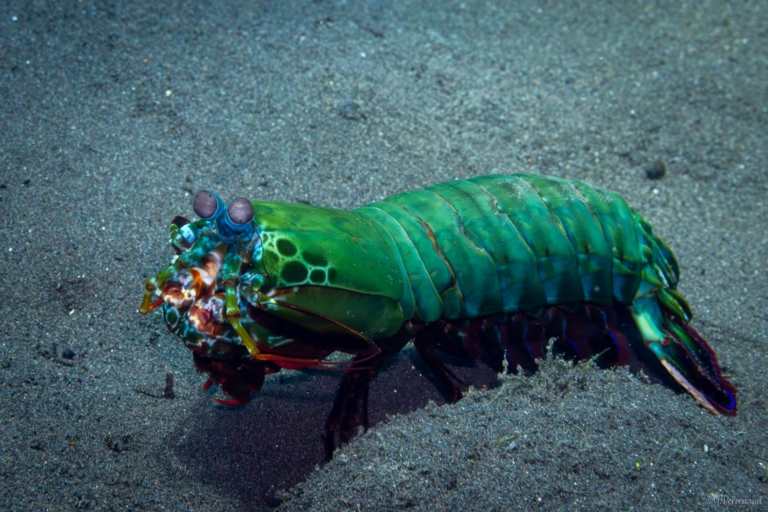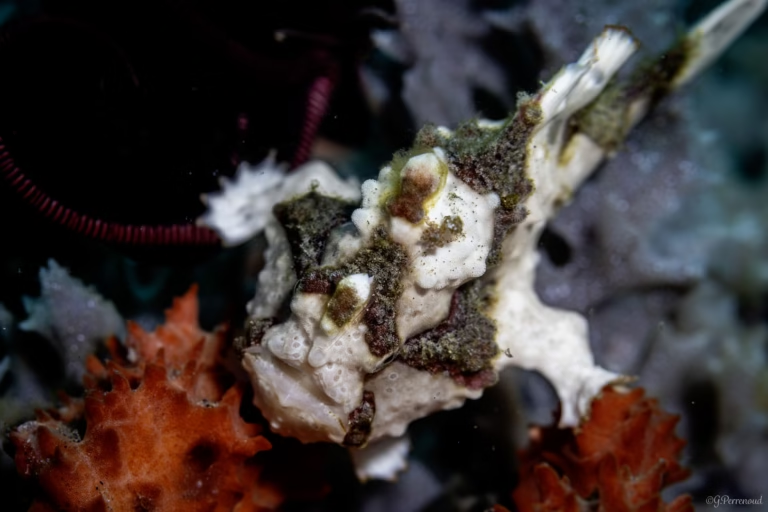
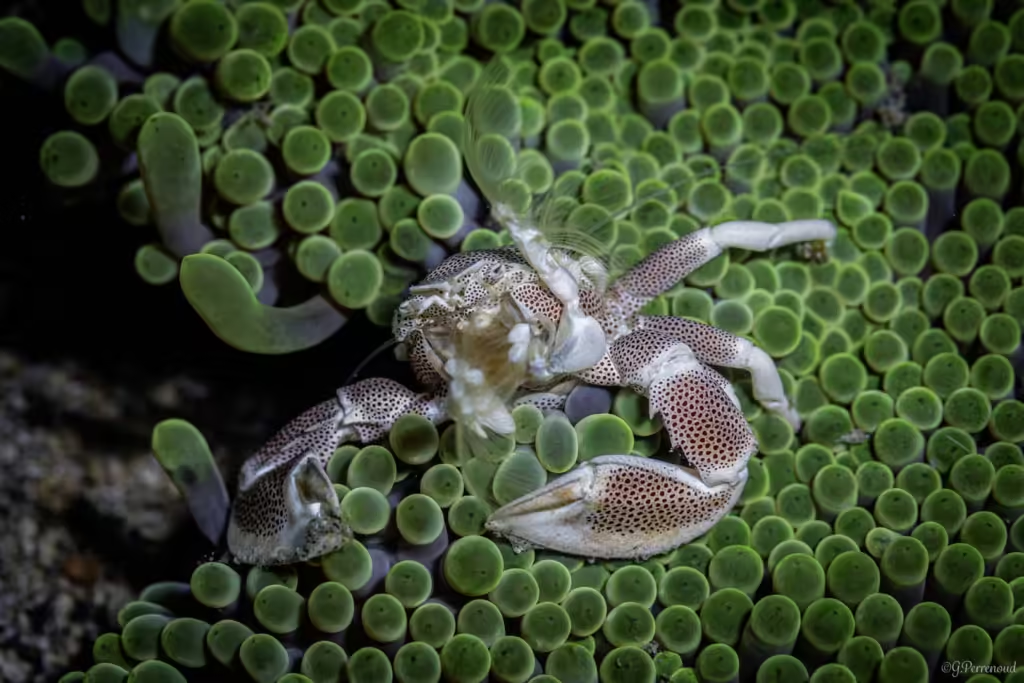
Table of contents
Introduction
Whether you’re a beginner or an experienced diver, the Philippines offers a diversity of dive sites that are among the most popular in the world. This archipelago of over 7,000 islands is home to an exceptional wealth of marine life, making it a true dream destination for diving enthusiasts. Get ready to discover vibrant coral reefs, historic shipwrecks, schools of colourful fish and amazing underwater wildlife.
Having spent over 5 months in the Philippines, we’ve dived 5 of the spots below (with pictures to back them up) and can only confirm the beauty of this diversity! The Philippines offers every diver something to marvel at, according to their wishes and expectations. But if you don’t have any particular expectations, simply follow our recommendations and discover the extraordinary underwater world on offer!
Dauin and Apo Island: A Macro Lover's Paradise
Only 20 minutes from Dumaguete, the town of Dauin is an ideal base for macro diving and underwater photography enthusiasts. Its seabed is teeming with fascinating creatures such as turtles (green and hawksbill), frogfish, nudibranchs, seahorses and blue-ringed octopuses. From Dauin, you can also explore Apo Island, a small marine protected area home to magnificent coral gardens, numerous turtles, sea kraits and reef fish.
Immerse yourself in the world of macro photography
The San Miguel North site in Dauin is particularly renowned for its sandy slope and seagrass beds, where you can spend your dives spotting frogfish, cuttlefish, nudibranchs, spiny ghost pipefish, moray eels and much more. On Apo Island, Coconut Point offers an exciting drift dive along a coral slope, where you can see parrotfish, snapper, jacks, marbled groupers and schools of jacks.
Practical information
- Diving Season: October to June
- Water temperature: 25°C to 28°C (77°F to 82°F)
- Visibility: 10 to 15 metres (30 to 50 feet) at Dauin, 20 to 30 metres (66 to 98 feet) at Apo Island
- Dive Shops we tested: La Tortue, Liquid Dumaguete
- Marine conservation and research: Insitute for Marine Research
Malapascua : Meet the Gracious Thresher Sharks
Malapascua Island, at the northern tip of Cebu, is world-famous for being one of the few places where you can spot the fascinating thresher sharks. The Monad Shoal site is renowned for being a cleaning station where these elegant creatures come almost daily at dawn (be prepared to get up before the sun to get to the site early!). An unforgettable dive awaits you, where you can admire these thresher sharks swimming gracefully, their large black eyes staring at you curiously before disappearing into the depths.
A destination rich in macro photography too
As well as thresher sharks, Malapascua is also a paradise for macro enthusiasts. You’ll be able to spot octopus, reef sharks, frogfish, ghost pipefish and, if you’re lucky, mimic octopus or flamboyant cuttlefish. The island of Gato is also worth a visit for its reefs, which are rich in marine life.
Practical information
- Diving Season: November to June
- Water temperature: 24°C to 30°C (75°F to 86°F)
- Visibility: 10 to 25 metres (30 to 80 feet)
- Dive Shops we tested: Malapascua Thresher Divers
- Access: Bus from Cebu (North Terminal) to Maya then ferry to Malapascua
Coron: A Museum of Underwater Wrecks from the Second World War
Located in the province of Palawan, the island of Coron is home to one of the world’s most famous sites for diving on Second World War wrecks. In September 1944, a fleet of Japanese ships was sunk during an American air attack in Coron Bay. Today, these wrecks lie at varying depths, offering divers of all abilities the opportunity to explore these historic relics, covered in coral and home to a wealth of marine life.
A Historical and Natural Treasure to Discover
Among the most popular wrecks are the Okinawa Maru, a 160-metre tanker, the Kogyo Maru and the Taipei Maru. These ships have become havens for a variety of underwater fauna, including scorpionfish, octopus and a multitude of macro-organisms. Visibility was rather poor during our stay at the end of June, which added a very oppressive atmosphere to our visit to the wrecks. For a unique experience, don’t miss Barracuda Lake. Nestling in the heart of a volcano, this lake is a saltwater lake with a geothermal vent of freshwater that escapes and raises the temperature to 40°C. Needless to say, you don’t need a wetsuit to dive here. There is little life, but the water is almost crystal clear and there are no currents to disturb your dive, which makes for an interesting experience.
Practical information
- Diving Season: October to June
- Water temperature: 28°C to 30°C (82°F to 86°F)
- Visibility: 5 to 20 metres (16 to 66 feet)
- Dive Shops we tested: Reggae Dive Center
- Access: By plane from Cebu, by plane or ferry from Manila, from Puerto Princesa and El Nido
Puerto Galera (Sabang) : Exceptional Biodiversity - Our Favourite!
Located on the island of Mindoro, Puerto Galera is a must for divers in the Philippines. This region is home to more than 40 dive sites (from 2 minutes to a maximum of 25 minutes by boat!) offering a wide variety of marine life. During your dives, you can admire nudibranchs, frogfish, seahorses, reef octopus and mimic octopus, butterfly fish, emperors, moray eels and thresher sharks, depending on the season. We recommend that you pack your bags in Sabang rather than Puerto Galera.
A Diverse Underwater Experience
Puerto Galera’s dive sites offer a wide variety of experiences. The ‘Canyons’ are renowned for their strong currents attracting large schools of barracuda, snapper and jacks. The sunken wrecks of Sabang are covered in colourful coral and sponges. The Verde Island strait is considered one of the richest areas in the Coral Triangle. The muck dives and night dives are full of fascinating encounters.
Practical information
- Diving Season: All year round, with a preference for October to June
- Water temperature: 25°C to 30°C (77°F to 84°F)
- Visibility: 15 to 25 metres (50 to 80 feet)
- Dive Shops we tested: Dive You Go
- Access: Approximately 4 hours’ drive from Manila airport (bus and ferry) or by ferry, van and bus from Coron if you have the time (allow 2 days’ travel)
Anilao: The capital of macro diving
Located just a few hours’ drive from Manila, the town of Anilao is considered one of the world’s top destinations for macro diving and muck diving. Each of its sites is teeming with rare and fascinating creatures, such as blue-ringed octopuses, mimic octopuses, wonderpus octopuses, scorpionfish, ghost pipefish, several species of seahorse and dozens of varieties of nudibranchs.
A Paradise for Macro Lovers
If you’re a macro lover, Anilao is a must. Sites such as Secret Bay, The Pier and Janao-Janao give you the chance to observe a multitude of underwater creatures, from frogfish and Bobbit worms to crabs, prawns, molluscs, octopuses, moray eels and sunfish.
Practical information
- Diving Season: October to early June, with a preference for November/December and April/May
- Water temperature: 25°C to 29°C (77°F to 84°F)
- Visibility: 10 à 15 mètres (30 à 50 pieds)
- Access: Environ 2 à 3 heures de route depuis l’aéroport de Manille
Apo Reef: The "Little Tubbataha" of unsuspected treasures
Nicknamed the “little Tubbataha”, Apo Reef is a marine protected area located to the west of Mindoro. This three-island atoll covers more than 15,700 hectares and is home to an abundance of underwater life. Listed as a UNESCO World Heritage Site since 1996, Apo Reef offers divers the chance to encounter black-tip sharks, white-tip sharks, grey sharks and sometimes even hammerhead sharks. As well as sharks, you can admire impressive schools of jacks and barracudas, as well as turtles. The steep drop-offs are covered in a wide variety of corals, home to a multitude of reef and pelagic species.
Practical information
- Diving Season: January to June
- Water temperature: 26°C to 31°C (79°F to 88°F)
- Visibility: 20 to 40 metres (66 to 131 feet)
- Access: Diving cruise from Coron or day trip from Mindoro
Moalboal and Pescador Island: Hypnotising Sardine Banks
Located on the island of Cebu, the seaside town of Moalboal is world-famous for its impressive shoals of sardines, numbering up to 7 million individuals. These swarms of silvery fish, which can be seen both diving and snorkelling from Panagsama beach, offer a mesmerising natural spectacle. Pescador Island, accessible from Moalboal, also offers magnificent canyons and underwater passages teeming with marine life.
A Unique Experience at the Heart of the Sardine Banks
Imagine yourself surrounded by a moving cloud of millions of sardines, moving in a fluid and fascinating choreography. This natural spectacle is a unique experience that you won’t soon forget.
Practical information
- Diving Season: All year round, with a preference for November to April
- Water temperature: 29°C to 30°C (84°F to 86°F)
- Visibility: 20 to 30 metres (66 to 98 feet)
- Access: Direct flights from Manila (MNL) to Cebu (CEB) with Cebu Pacific, then a 3 to 4 hour drive to Moalboal
Padre Burgos: A Secret Destination for Whale Sharks
Padre Burgos is still little-known on the tourist circuit, yet it is a prime destination for divers looking to spot majestic whale sharks. Located close to Cebu, this region is home to magnificent marine life and exceptional macro life. From December to May, you will have the unique opportunity to swim alongside these giants of the oceans during your dives.
An Immersion in a Preserved Natural Sanctuary
Far off the tourist beaten track, Padre Burgos offers a privileged diving experience, with fewer people and unspoilt underwater nature. As well as whale sharks, you can admire a wide variety of frogfish, seahorses, ghost pipefish and dozens of species of nudibranchs.
Practical information
- Diving Season: January to June
- Whale Shark Season: December to May
- Access: From Cebu, possibility of liveaboard dives in the Visayas
Donsol: Face to face with the Whale Sharks
Although the seabed at Donsol is not the most spectacular in the Philippines, it is still a must for divers looking to spot whale sharks. From December to June, these harmless giants pass through the region, offering an exceptional opportunity to get close to them during your dives.
An unforgettable encounter with the World's Largest Fish, as well as other species.
As well as spotting whale sharks at Donsol, head to the Manta Bowl site near Ticao Island to see manta rays and several species of shark. A wonderful experience not to be missed!
Practical information
- Diving Season: January to June
- Whale Shark Season: December to May
- Access: Direct flights from Manila (MNL) to Legazpi (LGP), then about a 2-hour drive to Donsol
Tubbataha Reefs: A Natural World Heritage Site
Lost in the heart of the Sulu Sea, between Palawan and the Visayas, the Tubbataha Reefs Natural Park is a true underwater wonder. A UNESCO World Heritage Site, this exceptional site can only be reached by liveaboard during the dry season, from mid-March to mid-June. This nature reserve is home to breathtaking marine biodiversity, with over 374 species of coral, almost 500 species of fish as well as whale sharks, sharks, turtles and Napoleon fish.
A Unique Immersive Experience
When you dive Tubbataha Reefs, you’ll discover a stunning underwater world. The brightly coloured coral reefs are home to a profusion of marine life. A fascinating exploration awaits you! The current can be quite strong, so it’s generally recommended that you have Advanced Open Water (Level 2) certification and around fifty dives under your belt.
Practical information
- Diving Season: Mid-March to mid-June
- Water temperature: 27°C to 30°C (81°F to 86°F)
- Visibility : 10 to 35 metres (30 to 115 feet)
- Access: Only by liveaboard from Puerto Princesa
What we'll remember about the Philippines: its richness and diversity !
Whether you’re looking for an encounter with whale sharks, a dive among schools of sardines, an encounter with creatures just a few centimetres long or an exploration of the wrecks of the Second World War, the Philippines has something for everyone. Each destination offers a unique experience, combining marine riches, beautiful underwater landscapes and guaranteed wonder!
If you have any comments and/or other dive sites to suggest, don’t hesitate to post a comment below!

